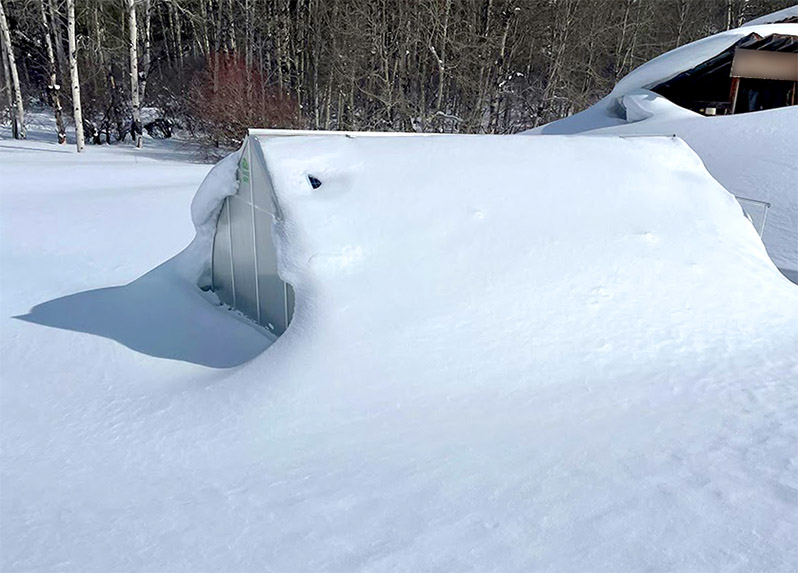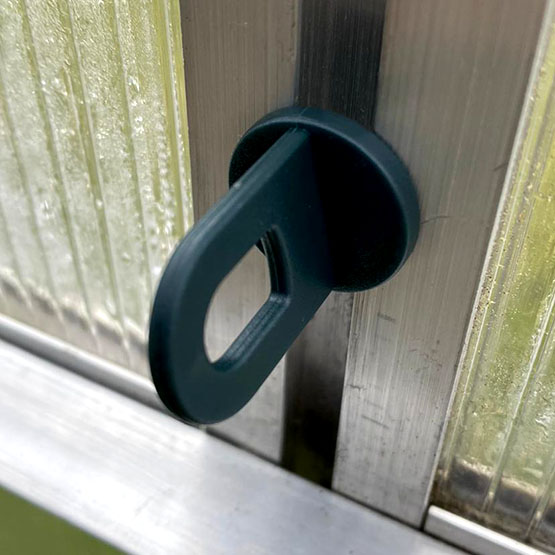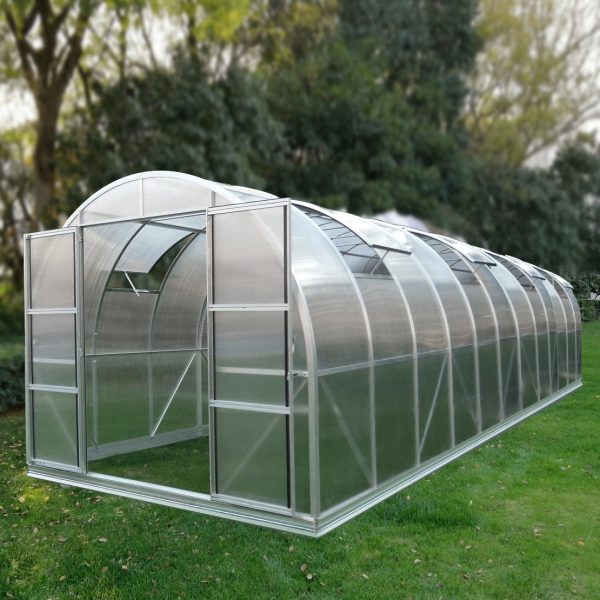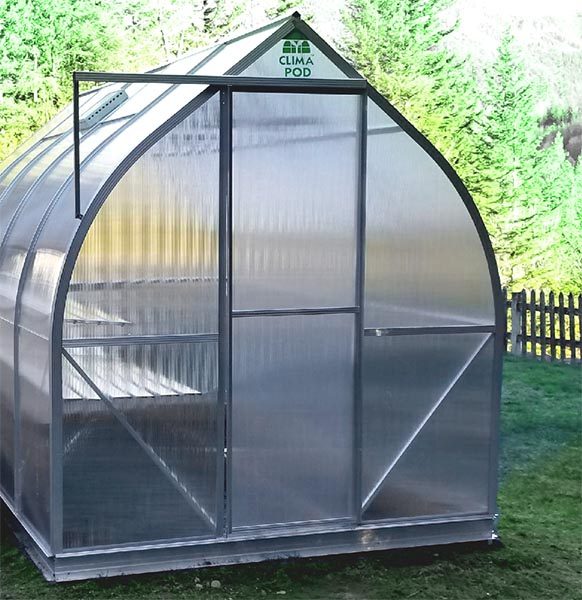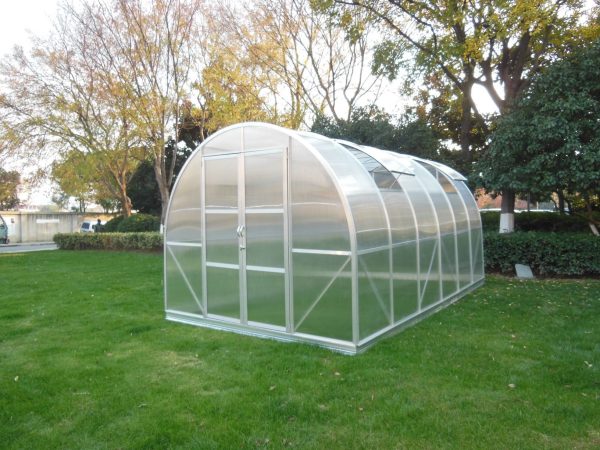A greenhouse is a great way to grow plants at any time of the year. But in winter, many gardeners are faced with the question of whether they need to heat their greenhouse. In this article we will look at all aspects of this problem.
Why do you need to heat a greenhouse in winter?
In winter, the greenhouse becomes very cold, which can negatively affect the plants. They may freeze and die. Therefore, many gardeners decide to heat their greenhouse to preserve their plants and continue growing.
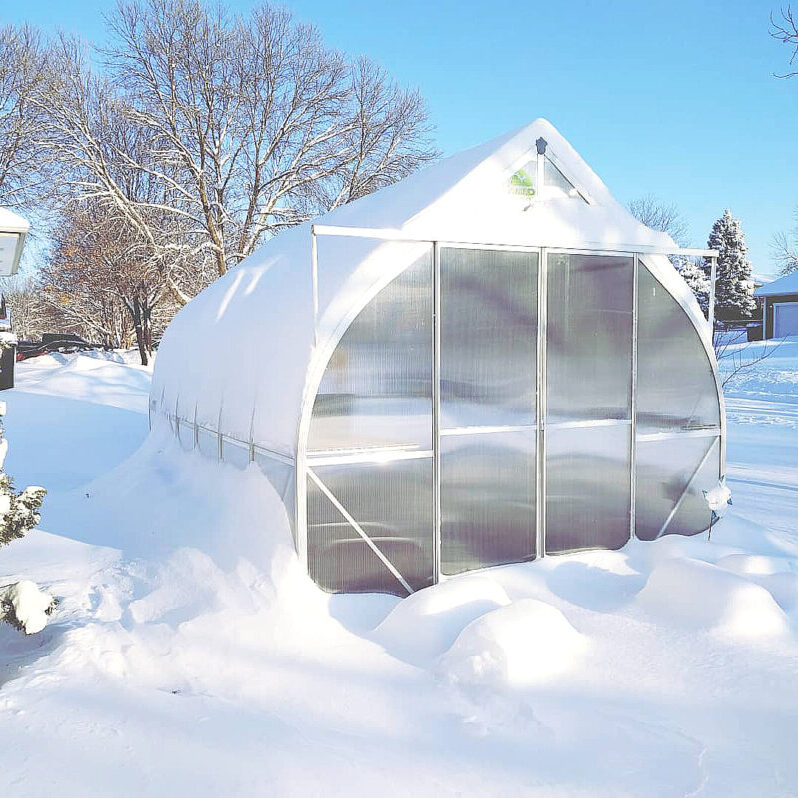
How to heat a greenhouse in winter?
There are several ways to heat a greenhouse in winter, which we discussed in detail earlier. One of the most popular is the use of electric heaters. They can be of different types and capacities, so before purchasing you need to decide on your choice.
Another way is to use heated floors. It is installed under the soil and provides plants with a constant temperature, which promotes their growth.
You can also use solar water heaters, which collect energy from the sun and convert it into heat. This is an environmentally friendly way to heat a greenhouse.

How to choose a heater for a greenhouse?
There are several factors to consider when choosing a heater. Firstly, power. It should be sufficient to heat the entire greenhouse. Secondly, the type of heater. For example, if you do not have electricity in your greenhouse, an electric heater will not work. Thirdly, the price. Heaters can have different prices, so you need to choose one that suits the quality and price.
What plants need greenhouse heating in winter?
Not all plants need greenhouse heating in winter. For example, vegetables such as carrots, potatoes and onions can withstand cold temperatures. However, some plants, such as tomatoes, peppers and eggplants, require constant heat. Therefore, before heating the greenhouse, you need to decide what plants you plan to grow.
How greenhouse materials affect the ability to retain heat in winter
What materials your greenhouse is constructed from is equally important, as this can greatly impact its ability to retain heat. Therefore, the power of additional heating of the greenhouse in winter will differ among different gardeners. Let’s take a closer look at the most common materials for greenhouses.
1. Polyethylene film
Film is the cheapest and most accessible material for greenhouses. It lets in a lot of light and retains heat well. However, the film has disadvantages. It is not UV resistant and wears out quickly, requiring regular replacement. In addition, the film is not strong enough to withstand snow loads. Typically used for seasonal greenhouses due to its fragility.
2. Glass
Glass is the most common classic material for greenhouses. It lets in a lot of light and creates ideal conditions for plants. However, glass is not the most efficient material for retaining heat. In winter, it quickly cools down and is not able to retain heat, which requires constant additional heating.
3. Cellular polycarbonate
Polycarbonate is a modern material that has the best ability to retain heat. It has a double wall, which creates an additional layer of air that helps retain heat. Polycarbonate also transmits light slightly less efficiently than glass. Due to its diffusion properties, polycarbonate creates more uniform lighting for plants. Cellular polycarbonate is also highly resistant to UV light and snow loads, making it ideal for use in winter conditions. Read more about polycarbonate.
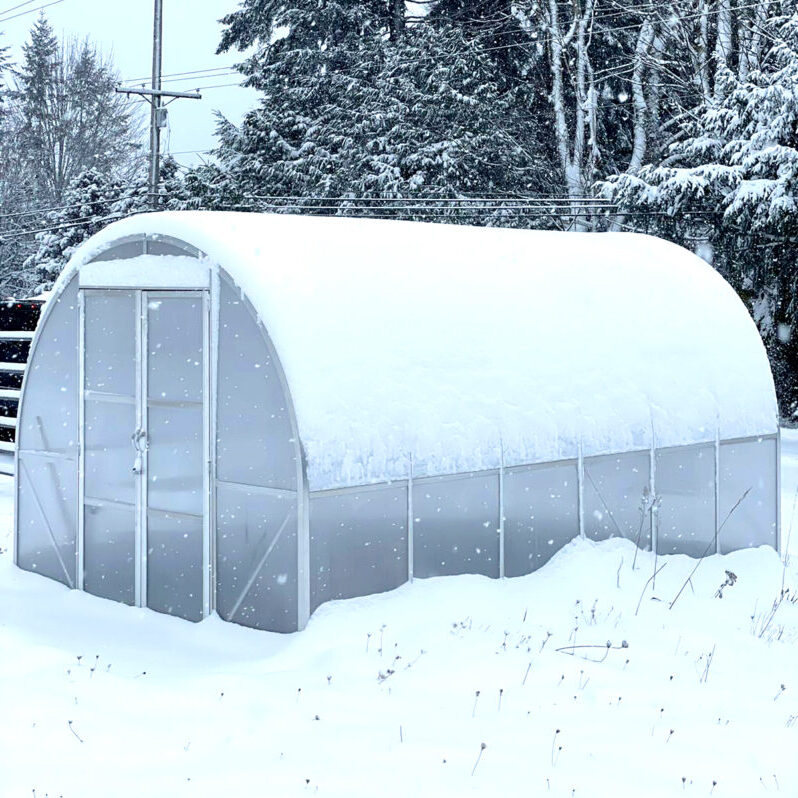
Conclusion
Heating a greenhouse in winter is a necessity for those who want to continue growing plants at any time of the year. But before heating your greenhouse, you should consider many factors to choose the most effective and inexpensive way to provide your plants with a comfortable environment for growth and development.

